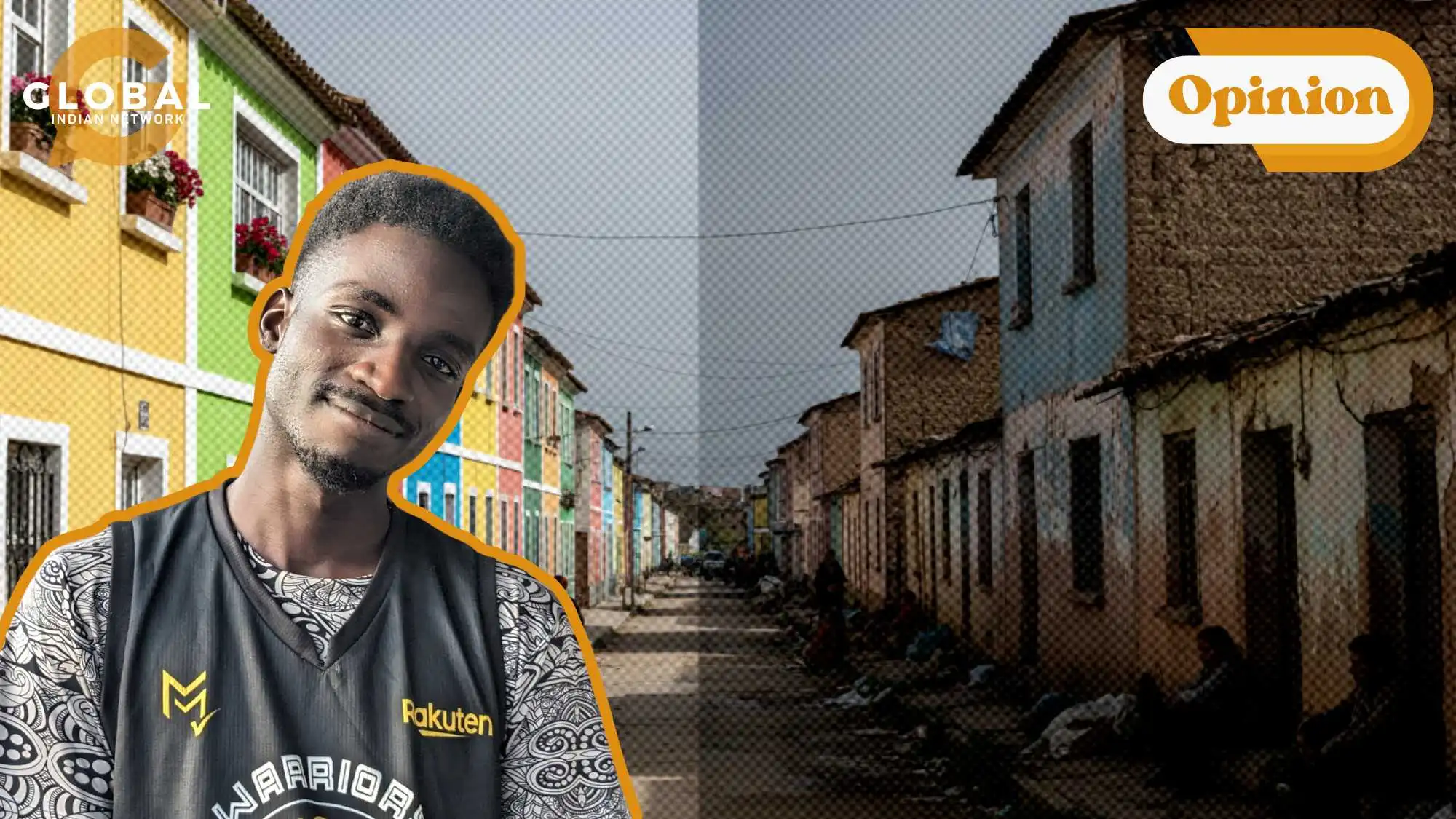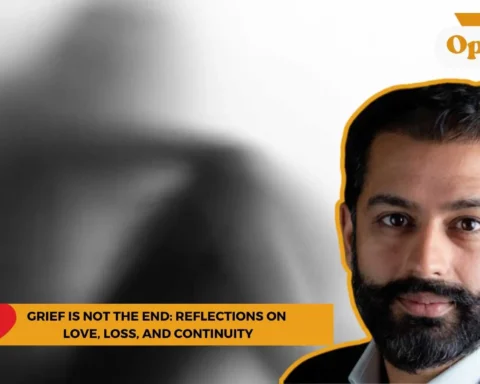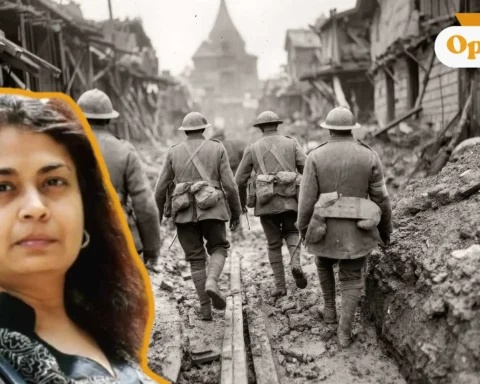Aesthetics, according to Wikipedia (the source of all truth until someone edits it), is defined as the philosophy of beauty, art, and taste. In the twenty-first century, particularly amongst Gen Z and younger millennials, aesthetics have become an important part of one’s identity as social media algorithms have convinced the youth that they have to craft and curate their image and have the aesthetic to match in order to satisfy the invisible audience that always judges us.
Aesthetics, however, did not garner importance with the emergence of Instagram reels and Pinterest moodboards; aesthetics have always been a part of society and life, occupying different aspects from architecture, visual arts, and literature to philosophy and even architecture. In this article, we will aim to deconstruct how aesthetics have been used as an extension of caste oppression in India.
The Aesthetics of Oppression
As stated earlier, throughout history, aesthetics have always been a part of human culture. However, as cultures have grown to define themselves in the contexts of class over the centuries, so have aesthetics. Dominant cultures ascribed to themselves the dominant aesthetic, and along those lines, beauty standards were set as though beauty were an objective fact and not a subjective matter. These fictitious delineations of beauty and taste have been, in many cases, used to justify the oppression of one people by another.
One of the most prominent examples of these is how colonialists the world over would refer to any other form of art as being savage or backward, whilst claiming their own to be superior ( on a side note, it is this conflict that forms the basis of the great Ugandan epic Song of Lawino by Okot p’Bitek).
In the “independent” world (with the presence of apartheid states and neo-colonial aggressors, it is difficult to call every sovereignly recognised state independent), the use of aesthetics as a tool of oppression has not ceased but merely evolved. Where colonial masters once stood, upper-class elites, the majority, and dominant demographics now usurp them. Perhaps the clearest demonstration of this is the demonisation of African-American aesthetics by the majority white populace as synonymous with crime, whereas white aesthetics are treated as true American.
The use of aesthetics to dehumanise a people is not unique to the United States; in many parts of the world, there exists a form of prejudice that is perpetuated through (amongst many other means) aesthetics. India, with its history of multi-ethnic and diverse communities and languages, also incurs a similar problem, but in this case, in the context of caste.

The Aesthetics of Caste Oppression in India
India is one of the most culturally rich and diverse countries in the world; however, this is a fact that goes unnoticed to many outside and at times even within the country. A huge reason for this is the imposition of cultural narratives by the dominant castes, otherwise known as the Savarna. This imposition, often led by Hindu nationalist bodies (Hindutva), seeks to homogenise a very culturally diverse group of people, the major repercussion being its exclusionary, antagonistic, and persecutive nature.
One of the ways this manifests is by depicting dominant and upper caste aesthetics as being the true and proper definition of India. It is more than likely that when one imagines India in any positive context, it is in association with Savarna aesthetics, completely neglecting the Adivasi and the Dalits (much like the Varna does). From beauty standards to attire, to music, even literature and philosophy are all framed in a way that excludes the Dalits.
For instance, there is an apocryphal association between fair skin and the upper caste, coupled with the fact that Indian beauty standards, through folly, insist on equating lighter skin with beauty, the darker-skinned Indians (through some dubious colonial anthropology) are erroneously equated with being lower caste and consequently ugly.
These narratives and standards do not exist as whispered narratives alone but are also propagated through popular media, where India’s casteism is almost never discussed, but instead India is portrayed through the lens of the Savarna as though it is only that aspect of society that exists. Bollywood has long been critiqued for having a very homogenous representation of India, one that is almost exclusively Savarna even when not explicitly stated. This further reinforces stereotypes that are used to discriminate against the lower caste and Adivasi, and the perpetual cycle continues.
This is worsened by the economic standing of most lower caste and Adivasi people. Due to historical exclusion in land ownership, education, and other financially liberating activities, most lower caste people find themselves at a significant disadvantage. One might wonder what material wealth has to do with aesthetics, and that person has clearly not watched Celine Song’s Materialists.
We live in a capitalist world, and the aesthetics of material wealth are ones that are rewarded with admiration. Sometimes these aesthetics are subtle in how classist they are, but our very Eurocentric view on what is considered trending, fashionable, or to have good taste all come with a price tag attached to it. Those who can not afford this world view of good taste are treated as people without good taste, of a lower class, without even considering the economic ramifications.
A sad example is the use of the casteist slur chappri used in internet slang to mock what is often considered to mock lower-middle-class aesthetics or behaviour. The word chappri draws its etymology from the caste Chapparband, which is of roof makers from North India.
Conclusion
Arundathi Roy once described marginalised communities not as the “voiceless” but as the “unheard”. The Adivasi, Dalits, and other marginalised communities of India carry with them distinct cultures and arts that are, in their own right, beautiful. It is important to shift the paradigm; the lens through which we view Western or Savarna art and aesthetics can not be applied to that of marginalised communities, not that it should be treated with reverence, but with empathy.

Let us know your thoughts. If you have burning thoughts or opinions to express, please feel free to reach out to us at larra@globalindiannetwork.com.









